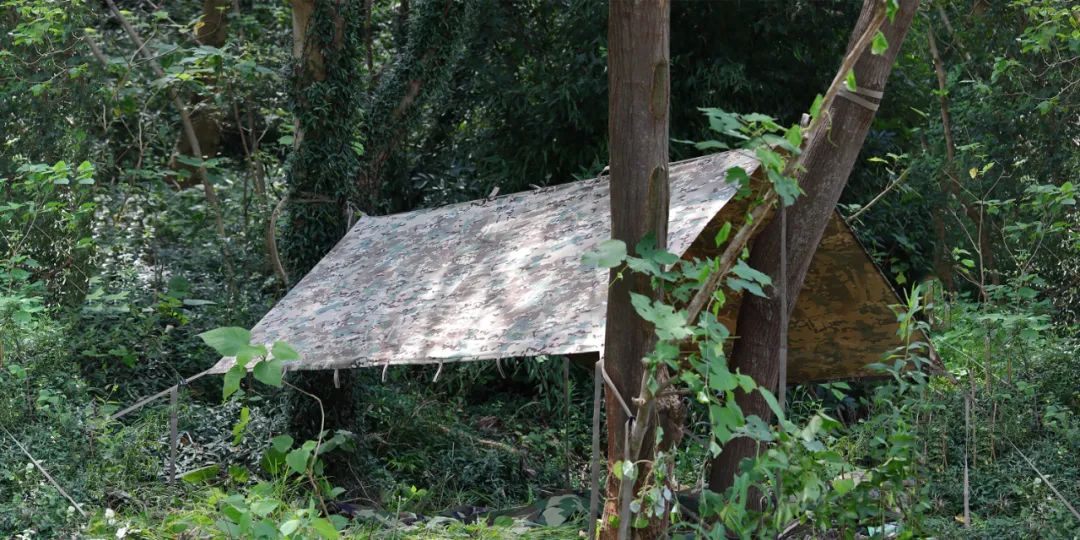Beginning with the Battle of Waterloo circa 1815, the British Army adopted the French concept of the tente d'abri (literally "tent of shelter"). It's a two-person shelter made of two linen canvases with plenty of buttons and buttonholes around the edges so it can be attached to others. Usually two of these tentes d'abri are used, forming a small "A" tent.
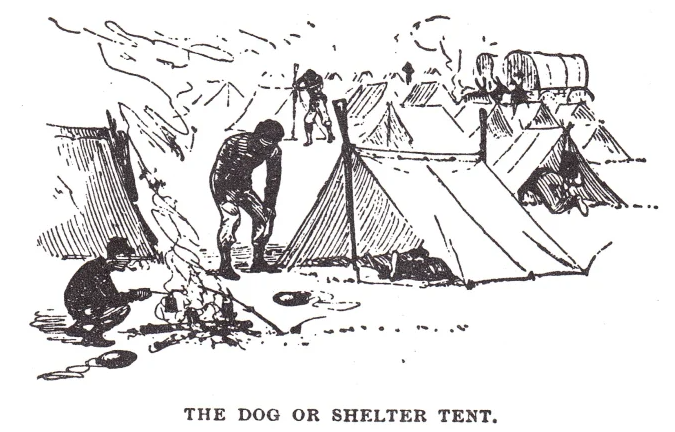
It was also adopted by the U.S. military a decade before the outbreak of the American Civil War in 1861. The troops there called it a "dog tent," but it was officially called a shelter. In the United States, asylum was issued until after the Vietnam War. These later shelter halves were roughly trapezoidal in shape, closed at both ends when pitched as a two-person tent. I have a set of two halves from 1982. It's a nice, comfortable, warm, windproof and waterproof little puppy tent. Great in cold weather.In British military publications from the 1870s, the shelter was still officially called "Tente d'abri" or simply "d'abri". Sometime in the mid 1880's the name was changed to "MkI Shelter". It was used throughout the Boer War and World War I, as well as by the colonies and later by the Australian Commonwealth Army.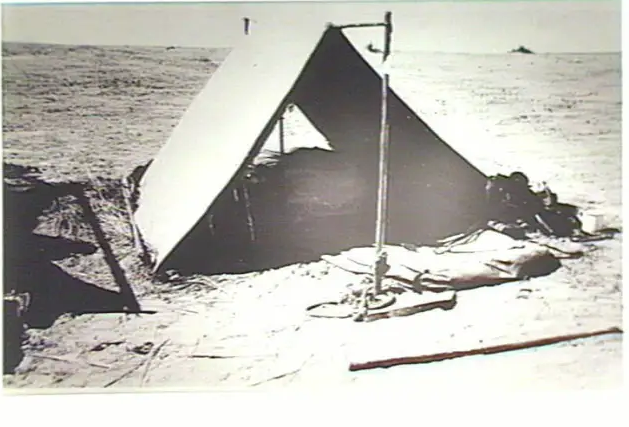
The MkII is designed more like a tent, but can still be used as a tarp if needed. It is essentially a variant of the MkI suture with closed ends. The ends of this shelter are made from two triangular canvas sections that are closed using Dutch laces (grommets and rope loops).
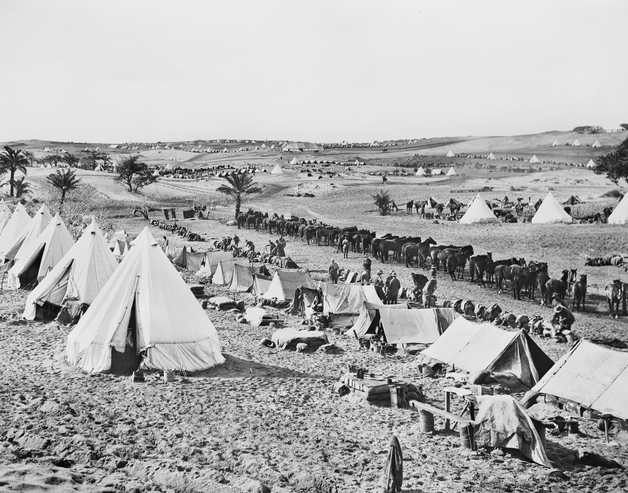
The MkII shelter became essential troop accommodation for British and Imperial personnel in the field. Later, it was modified at the rear, with the front closed by a pair of canvas flaps. The last model was called the "Bivy" tent and served with the British Army until the 1990s. During WWII there was a lighter weight Tropical version, completely covered in netting, which was a nice modification, although it seems to have been used more in Europe than in any other theater of that conflict.
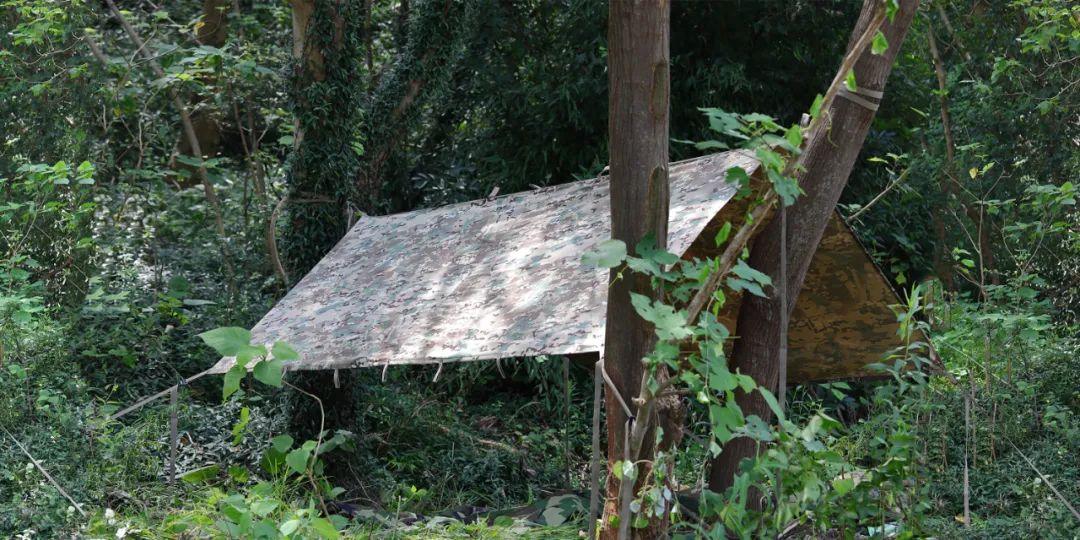




 CN
CN  US
US  DE
DE  JP
JP  RU
RU 